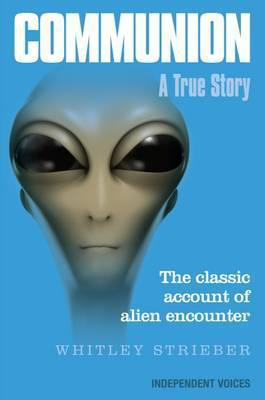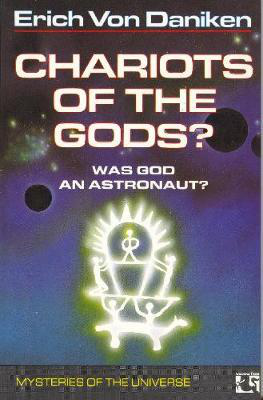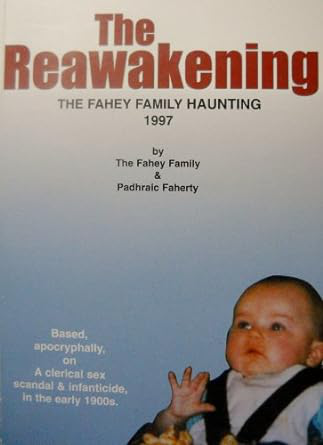Unidentified Object Released by Russian Satellites Raises Alarm
Security
Saturday 5th, April 2025
2 minute read.
A trio of secretive Russian satellites launched earlier this year has released an unidentified object into orbit, prompting increased attention from space analysts and tracking agencies.
The satellites, designated Kosmos 2581, 2582 and 2583, were launched aboard a Soyuz 2.1V rocket from the Plesetsk Cosmodrome in northern Russia on 2 February. Since entering a near-polar orbit approximately 585 kilometres above the Earth’s surface, the satellites have exhibited behaviour that suggests they are capable of proximity operations.
In March, the satellites appeared to perform manoeuvres bringing them close to other objects in orbit, according to Jonathan McDowell, an astrophysicist and expert in orbital activity tracking.
Subsequently, on 18 March, the United States Space Force catalogued a new object in orbit, believed to have been released by Kosmos 2581. The nature and purpose of this object remain unknown.
Russia has not disclosed any information regarding the satellites or their mission. Many previous Kosmos missions have been classified, with the series dating back to 1962. These missions have historically encompassed a broad range of military and scientific objectives, including reconnaissance, satellite inspection, and anti-satellite (ASAT) technology trials.
“The released object could be used for a number of objectives, including military experiments, such as satellite inspection or target practice, testing technology for docking or formation flying,” said McDowell. “It may also be a scientific payload or even the result of an unintentional fragmentation, though this would usually result in numerous pieces of debris.”
The release of a single object, as opposed to a debris field, suggests that the event was likely intentional.
Satellite formations involving triplets are not unique to Russia. The United States has deployed such formations, such as the Naval Ocean Surveillance System, and China has launched similar satellite groups under the Yaogan programme. These formations are often associated with electronic intelligence gathering.
The Kosmos designation has been used by both the Soviet Union and the Russian Federation for hundreds of satellites over the decades. Their missions have included everything from scientific research to military operations, including early tests of ASAT capabilities.
While speculation continues about the specific role of Kosmos 2581–2583 and the object released in March, there is no official confirmation on their purpose. Observers will continue to monitor the group for further manoeuvres or interactions with other satellites.
The development is likely to contribute to ongoing international concerns regarding the militarisation of space and the growing presence of inspection or potential counterspace technologies in Earth orbit.
The satellites, designated Kosmos 2581, 2582 and 2583, were launched aboard a Soyuz 2.1V rocket from the Plesetsk Cosmodrome in northern Russia on 2 February. Since entering a near-polar orbit approximately 585 kilometres above the Earth’s surface, the satellites have exhibited behaviour that suggests they are capable of proximity operations.
In March, the satellites appeared to perform manoeuvres bringing them close to other objects in orbit, according to Jonathan McDowell, an astrophysicist and expert in orbital activity tracking.
Subsequently, on 18 March, the United States Space Force catalogued a new object in orbit, believed to have been released by Kosmos 2581. The nature and purpose of this object remain unknown.
Russia has not disclosed any information regarding the satellites or their mission. Many previous Kosmos missions have been classified, with the series dating back to 1962. These missions have historically encompassed a broad range of military and scientific objectives, including reconnaissance, satellite inspection, and anti-satellite (ASAT) technology trials.
“The released object could be used for a number of objectives, including military experiments, such as satellite inspection or target practice, testing technology for docking or formation flying,” said McDowell. “It may also be a scientific payload or even the result of an unintentional fragmentation, though this would usually result in numerous pieces of debris.”
The release of a single object, as opposed to a debris field, suggests that the event was likely intentional.
Satellite formations involving triplets are not unique to Russia. The United States has deployed such formations, such as the Naval Ocean Surveillance System, and China has launched similar satellite groups under the Yaogan programme. These formations are often associated with electronic intelligence gathering.
The Kosmos designation has been used by both the Soviet Union and the Russian Federation for hundreds of satellites over the decades. Their missions have included everything from scientific research to military operations, including early tests of ASAT capabilities.
While speculation continues about the specific role of Kosmos 2581–2583 and the object released in March, there is no official confirmation on their purpose. Observers will continue to monitor the group for further manoeuvres or interactions with other satellites.
The development is likely to contribute to ongoing international concerns regarding the militarisation of space and the growing presence of inspection or potential counterspace technologies in Earth orbit.



